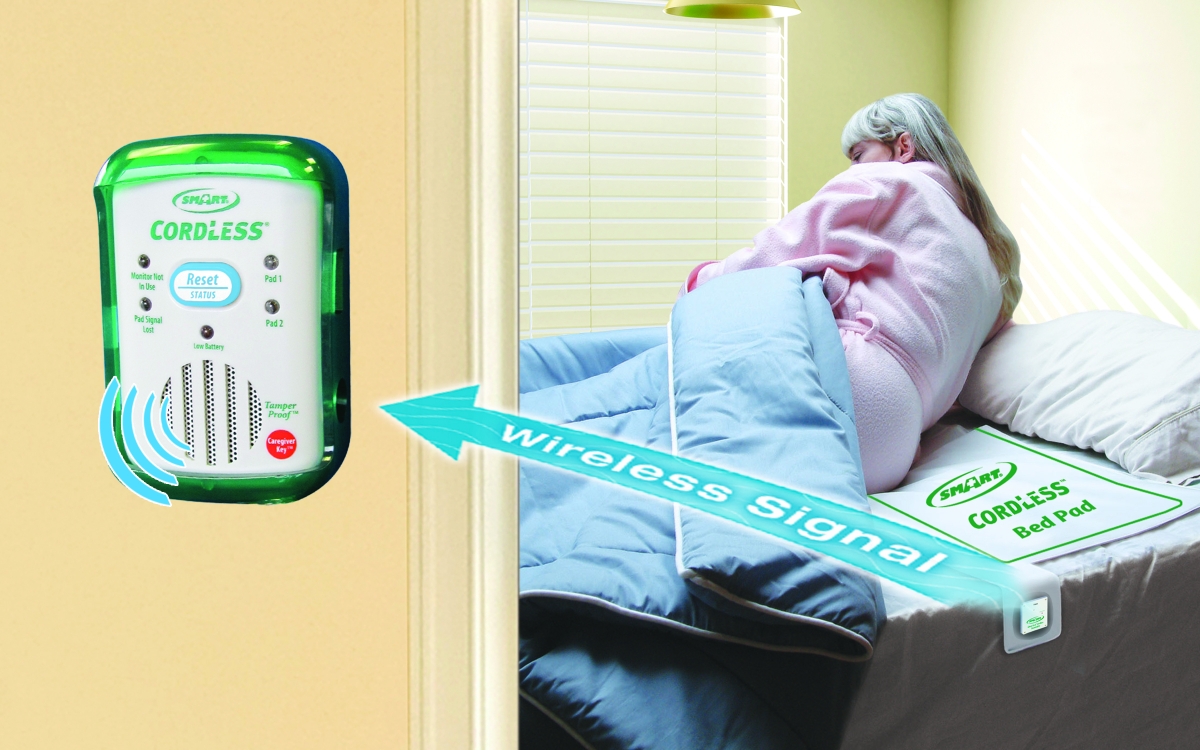One of the most significant causes of injury or death in older adults is falling. New technologies offer a wide variety of tools to keep seniors safer and at lower risk of falls. The Centers for Disease Control and Prevention (CDC) states that one out of three adults over the age of 65 falls each year. Approximately 20-30 percent of these individuals experience moderate to severe injuries that make it difficult to remain mobile and live independently.
The growing population of seniors means the rate of elderly falls is only going to increase. New technologies, products and strategies are more available than ever to implement prevention programs for the elderly who are at risk of falling.
Addressing the Issue
What is the most effective way for caregivers and HME providers to address the issue of elderly falls? Generally there are two fundamentals involved in creating a fall prevention plan: a fall risk evaluation and a fall risk management program. A fall risk evaluation assesses the senior’s mobility and risk of falling. A fall risk management program takes the proper steps to prevent falls and ensure the safety of the senior. Examining a person’s activities, living environment, medications and physical impairments is key to creating the best possible fall prevention plan.
Fall mobility monitors, in addition to alerting caregivers of situations that could result in a fall, can also help to assess a person’s pattern of movements and activity without direct observation and in an unobtrusive way. New developments in mobility monitors allow caregivers to track a senior’s activities—for example, how many times the senior gets up to go to the restroom and at what time—and accurately assess their needs.
Superior Sensing
Caregivers now depend on devices such as pressure-sensing pads used in the bed and/or chair and on the floor. These devices signal a local mobility monitor that will alert the caregiver immediately when the person is getting up. New technology has eliminated the need for cords between the sensor pad and monitors. Caregivers’ concerns with the number of cords on the bed, chair and floor are resolved with the option of wireless and cordless devices. With cordless products caregivers are able to mount mobility monitors away from the senior’s bed, creating a quieter environment, which reduces the trauma of psychological restraints.
Psychological restraints are caused by a senior’s fear of moving, since it may set off the fall prevention alarm. With the ability to place the mobility monitor away from the bed, caregivers can create a quieter, tamper-proof environment where the senior may not even be aware that he or she is being monitored. Eliminating corded monitoring devices also reduces the number of replacement sensor pads due to broken cords.
Pressure-sensing floor mats are another effective monitoring solution. These floor mats are thin with beveled edges and nonslip grip and can be used in different locations for fall monitoring, as well as monitoring those with wander risks. When pressure is applied to the floor mat a signal is sent to the local mobility monitor, which alerts the caregiver. The floor mats can be placed near a doorway or by the bed for the most effective mobility monitoring.
 Eliminating the Cord
Eliminating the Cord
Cordless pressure-sensing floor mats reduce the risk of tripping and entanglement hazards. Cordless mobility monitors are available with new safety features that ensure seniors are being monitored at all times. The wireless signal within the cordless sensor pad sends a constant signal to the cordless monitor to ensure that they are always communicating. The monitor will alert the caregiver if communication is lost or interrupted.
After a senior’s fall risk factors have been identified, caregivers and family members can address those risks and execute the proper modifications to reduce the probability of a fall. With today’s fast-changing technologies, caregivers now have a wider variety of solutions for finding the most suitable monitoring technology to keep the elderly community safe and independent. Exploring which options are best for each individual is vital to maintaining the safety and security they need.
The risk of elderly falls remains, even with a comprehensive fall prevention program in place. Caregivers must take all new technologies, safety features and careful examination of fall risk factors into account. This will allow caregivers and family members to help maintain the mobility and independence of their loved ones as long as possible.
